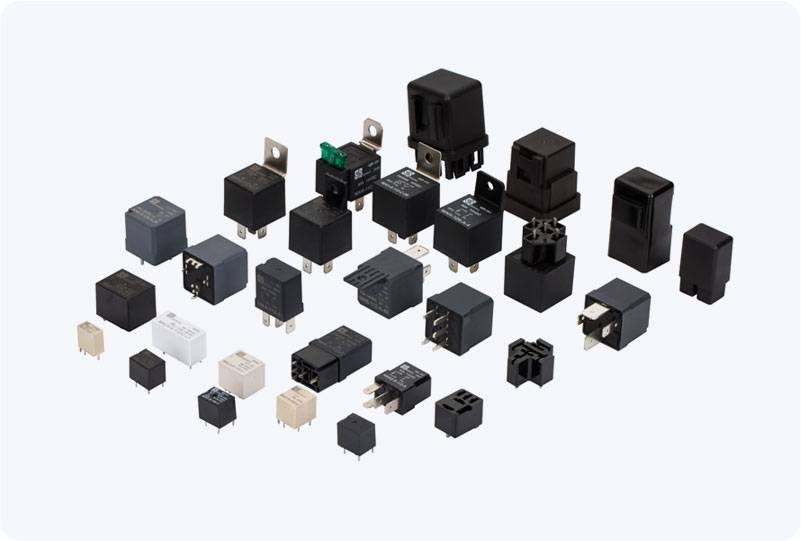The electric vehicle (EV) industry is rapidly evolving, with new technologies emerging to improve vehicle efficiency, safety, and performance. One such essential component in an EV’s powertrain system is the EV Main Contactor Relay. This small yet critical device plays a pivotal role in controlling the flow of electricity between the battery and the motor, ensuring the vehicle operates safely and effectively. In this article, we will explore the function, working principles, and importance of the EV Main Contactor Relay in modern electric vehicles.

What is an EV Main Contactor Relay? The EV Main Contactor Relay is an electrically controlled switch used in electric vehicles to manage high-voltage electrical circuits, specifically the connection between the battery and the electric motor. It serves to open or close the electrical circuit based on specific conditions, allowing or cutting off power as required. Without this component, the vehicle would not be able to function properly, nor could it guarantee safe operations in various driving situations. Key Functions of the EV Main Contactor Relay High-Voltage Circuit Control The primary function of the EV Main Contactor Relay is to control the flow of high-voltage electricity. EV batteries typically operate at voltages ranging from 300V to 800V, which is significantly higher than that of conventional vehicles. The relay ensures that only the required voltage reaches the motor, thus preventing damage to the vehicle’s systems. When the relay closes, it allows power to flow from the battery to the motor, and when it opens, the power is shut off.